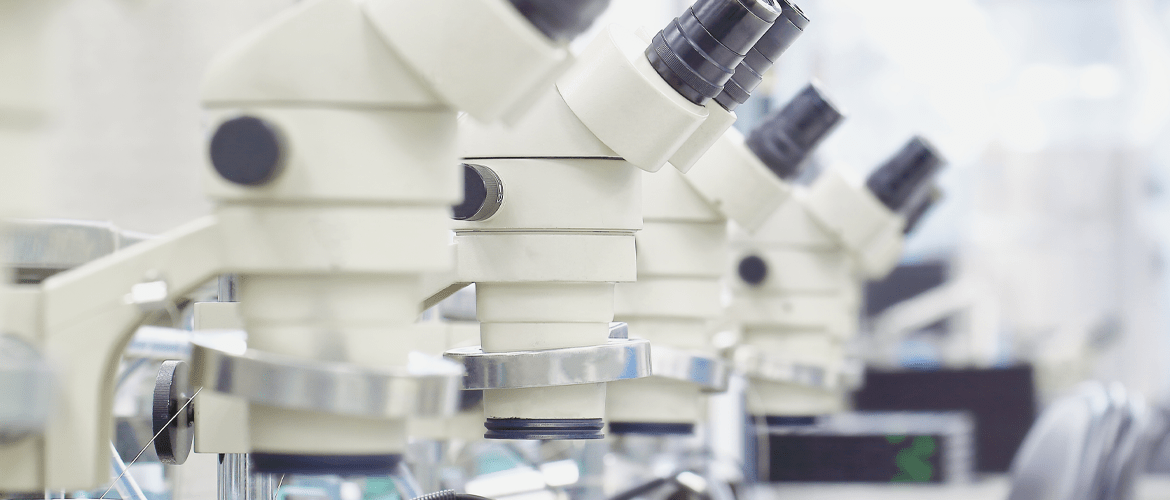The medical industry is like no other concerning the supply chain, especially those requirements that relate to traceability of medical equipment. I recently visited a factory in Switzerland that manufactured injection molding for medical and DNA screening. Apart from state-of-the-art volume manufacturing in a cleanroom environment, the most impressive this is the traceability, with each molding being sorted and traced not to a mold, but to a mold chamber. This level of required traceability makes perfect sense when considering the opening of each syringe has to be identical to ensure exact amounts are dispensed for every test. And these tests are often for DNA or health screening, so absolutely critical.
In recent year the medical industry has under gone many interest developments and some of these developments are seriously impacting upon the supply chain and the way the industry innovates and carries out its research and development. The industry is clearly full of mission critical products and technologies, but where they exist is changing as the industry becomes more consumer led. Devices are now being built for use by the patient and the practitioner in a home or local surgery environment, rather than being restricted to hospitals.
As well as this, the ubiquitous smartphone is also being used for medical data and monitoring functions. In fact, with the last release of iO8, Apple added their own health app that monitors certain data as well as holding a medical ID that can be accessed directly for the lock screen. The comsumerisation of the medical electronics sector is inevitable and full of momentum, as is the blurring of the lines between medical, healthcare and lifestyle or fitness as medicine works even harder on prevention rather than just on cure or care.
In many ways the collision of these two supply chains is not dissimilar to what is happening in the automotive sector, where a mature conservative industry is dealing with the challenges of the ultra fast moving consumer goods market. And the solutions are the same too.
The industries need to take the best from each other.
The fast moving consumer goods industry does exactly what the name implies. It delivers products to consumers fast, and it delivers them cheaply and effectively. The consumer is demanding shorter lead times and faster market entry than ever before. We want mass customized of complex goods and we want the latest technology now. And that impacts on the supply chain. In fact in recent articles relating to the launch of the iPhone 6, the speed of the ramp was mentioned as the key factor in selecting the manufacturing location. Nowadays you need to release a product and ramp to worldwide volume availability in next to no time.
On the flip side the medical industry is also hugely creative, but is conservative in the way it brings product to market, with long and pragmatic development cycles, approval processes and live testing. The medical sector is also very well developed in terms of traceability, which as mentioned previously, is fanatical in its detail. So, manufacturing excellence is highly developed in both sectors, but in the past it has often been separated, with factories that focus on medical being very different to those focused on volume consumer electronics. Factories making consumer goods have focused on speed and lowering costs, while those making medical electronics are more driven by traceability and quality, all very important issues.
The future of manufacturing in the medical electronics industry will need to include all of the above. It will need to deliver at the speed and price of consumer goods, bringing new products and version to market quickly, but with the reliability, traceability and quality of medical equipment, all with the necessary regulatory requirements of the FDA or similar organizations.
As always, it is these complex demands that make the electronics manufacturing and fulfillment industry constantly develop and improve. And that’s a good thing. All industries need to be able to balance the needs, and indeed the whims, of the consumer with the requirement to manufacture and fulfill well.
This is true in medical, automotive and increasingly every segment of the electronics industry. They all need a fanatical focus on manufacturing excellence with its deliverables of quality, value and traceability.
Sign up for our blog
Stay up-to-date on the latest in manufacturing trends, insights and best practices.





